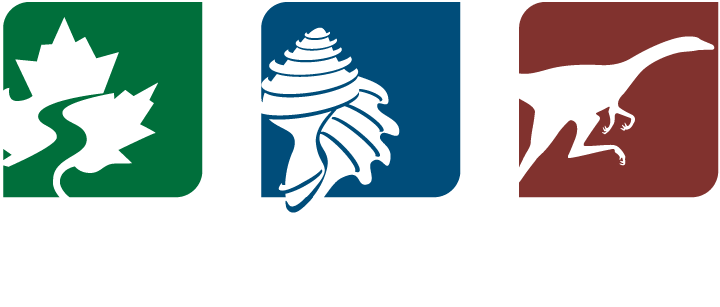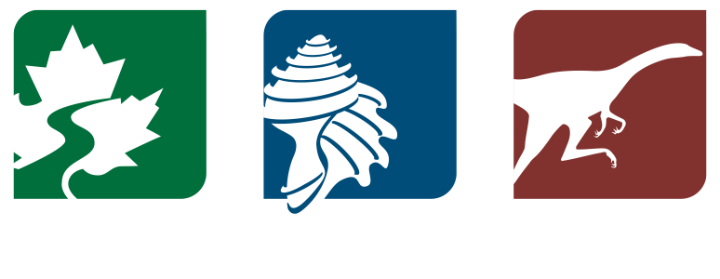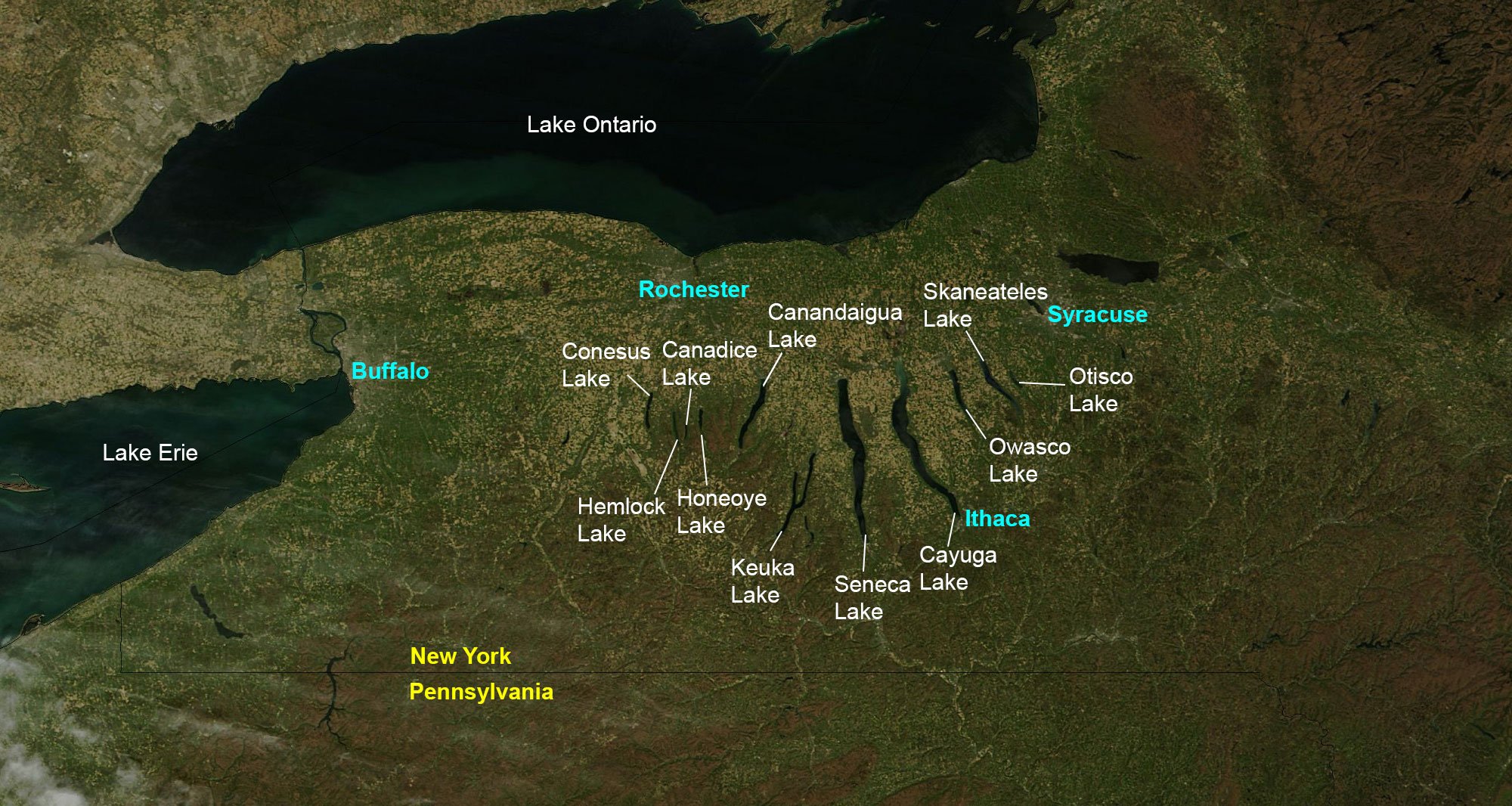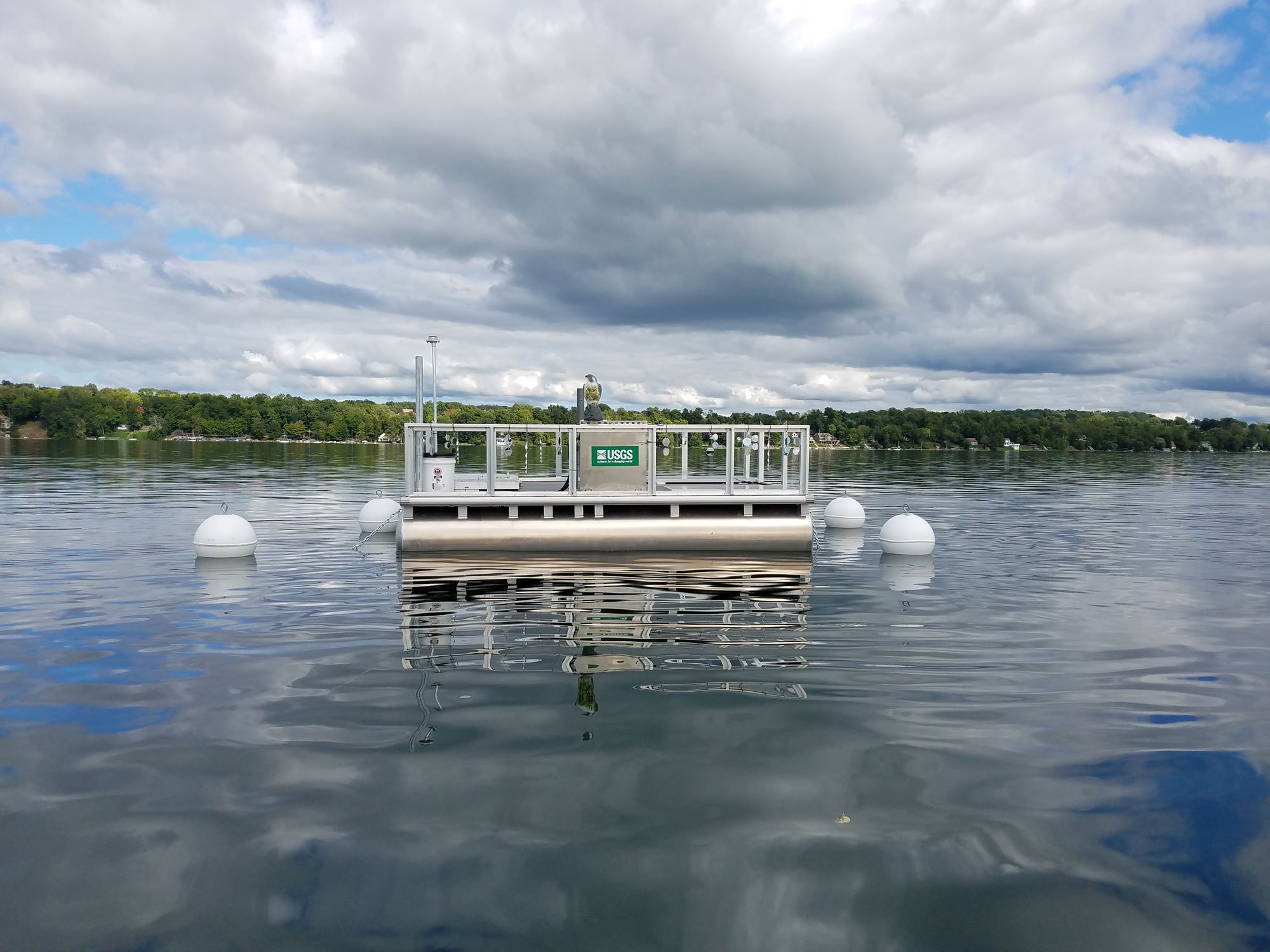HABs in the Finger Lakes
Introduction
The eleven Finger Lakes in central New York State are Canandaigua, Canadice, Cayuga, Conesus, Hemlock, Honeoye, Keuka, Otisco, Owasco, Seneca, and Skaneateles. These long, thin lakes formed after large glaciers that used to cover the area during the Pleistocene “Ice Ages” retreated, leaving deep valleys that became lake basins. The two longest Finger Lakes are Cayuga Lake and Seneca Lake, which are each about 38 miles (24 kilometers) long, whereas the shortest is Canadice Lake, at about 3 miles (nearly 5 kilometers) long. The deepest lake is Seneca, at 618 feet (about 188 meters) deep, whereas the shallowest is Honeoye, at only 30 feet (a little more than 9 meters).
The largest communities in the Finger Lakes region are the cities of Syracuse (population nearly 150,000) and Rochester (population more than 200,000), both located to the north of the lakes. The largest community that actually sits on the shore of one of the lakes is the city of Ithaca, which is on the southern end of Cayuga Lake. Ithaca has about 33,000 residents and two major colleges, Cornell University and Ithaca College. Many other small communities are scattered throughout the region, including Canandaigua (population more than 10,000) at the north end of Canadaigua Lake, Geneva (population more than 12,000) and Watkins Glen (population fewer than 2,000) at the ends of Seneca Lake, and Auburn (population about 26,000) on the north end of Owasco Lake.
The Finger Lakes region is known for its wineries, its deep gorges, and its many waterfalls, including Taughannock Falls, the highest waterfall east of the Mississippi River. New York State Parks, county and municipal parks, land owned by nonprofits like the Finger Lakes Land Trust, and even a National Forest dot the region, providing opportunities for hiking, swimming, boating, fishing, hunting, and other outdoor activities. In addition to providing recreational and tourism opportunities, the Finger Lakes are the source of drinking water for many people who live in the region.
HABs in the Finger Lakes
HABs have become common occurrences in the Finger Lakes in recent years. In the period 2020 to 2022, about a third of the HABs reported in New York State occurred in the Finger Lakes. In the summer and fall of 2023, Cayuga Lake and Canandaigua Lake each experienced more than 80 HABs, and Honeoye, Owasco, and Seneca lakes also had large numbers of HABs.
HABs in the Finger Lakes are caused by cyanobacteria. In Cayuga Lake, the most common types of bloom-forming cyanobacteria are Dolichospermum and Microcystis. Both types of cyanobacteria can produce cyanotoxins, and Microcystis blooms especially can produce high levels of the toxin microcystin. In July 2021, a bloom at the north end of the lake produced so much toxin that lake water in the affected area had more than 4000 times the safe level for drinking!
Why are HABs becoming more common in the Finger Lakes?
Some likely causes behind the increase of HABs in the Finger Lakes include warmer water temperatures, changing weather patterns, and use of fertilizers. Warmer water is the result of climate change, a warming in global temperatures caused by greenhouse gas emissions. Climate change is associated with warmer winters and lower snowfall in New York. It may also be driving recent severe rainfall events that have affected the Finger Lakes region. During these events, inches of rain fall in a very short period of time, producing large volumes of nutrient-laden runoff that flows into the lakes. These nutrient inputs can promote the formation of algal blooms. Even routine runoff from more typical storms bring nutrients to the lakes. Finally, in spots near power plants, warm water discharges may encourage algal blooms.
Nutrients that enter the Finger Lakes in runoff come from many sources. Some nutrients come from forested land. Other sources include runoff from cities, towns, villages, lawns, rural septic systems, and farms. The main nutrients of concern are nitrogen and especially phosphorus, as both can encourage the growth of cyanobacteria in waterways. The major source of phosphorus in the region is agriculture. Phosphorus is an critical part of fertilizers that are spread on fields to enrich the soil for growing crops. Pastures and hayfields are also important sources of phosphorus.
Impacts of HABs in the Finger Lakes
Impacts on drinking water
About one million people in New York get their drinking water from the Finger Lakes, including many residents of Syracuse, Rochester, and their surrounding suburbs. Syracuse draws much of its water from Skaneateles Lake, whereas Rochester draws water from Canadice and Hemlock lakes. Canadice and Hemlock lakes and the land around them are owned by the New York State Department of Environmental Conservation, and they are nearly undeveloped. All three of these lakes are considered to be especially clean water sources.
Examples of smaller communities that use water from the Finger Lakes include the village of Aurora on the eastern side of Cayuga Lake, villages and towns (such as Dryden and Lansing) served by the Bolton Point facility at the southern end of the Cayuga Lake, the village of Watkins Glen on the southern end of Seneca Lake, the city of Canandaigua on the northern end of Canandaigua Lake, and the city of Auburn on the northern end of Owasco Lake. While the city of Ithaca sits at the southern end of Cayuga Lake, its water is drawn from Six Mile Creek, a creek that flows into the lake, rather than from the lake itself.
HABs in the Finger Lakes can pose threats to community water supplies, because HABs can emit toxins that contaminate water. Not all water from the Finger Lakes is treated for contaminants. While much of the drinking water from the Finger Lakes is treated before being delivered to homes and businesses, treating water does not necessarily remove HAB toxins, depending on the treatment method used. The municipal water system in Auburn, for example, uses carbon filtration to remove algal toxins from water drawn from Owasco Lake. In contrast, the town of Rushville issued an alert in October 2018 because its drinking water, which comes from Canandaigua Lake, contained too many algal toxins to be safely used during a HAB event.
Fortunately, public drinking water supplies in the Finger Lakes region are tested when algal blooms are present to make sure that they are safe. Alerts are issued if public water supplies have too many toxins to be used for drinking and food preparation. Standard methods that are often used to make water drinkable in the home do not remove algal toxins. Boiling or using a home water filters will not make water containing HAB toxins safe to drink.
Impacts on tourism and recreation
HABs impact recreation, such as swimming, boating, wind-surfing, paddle-boarding, and fishing. When HABs are present, people are warned to stay out of affected water and to keep their pets away from the water. Since the economy of the Finger Lakes region relies heavily on tourism, people’s perception of the safety of lake water and their ability to enjoy the lakes can have serious consequences for the regional economy.
Preventing HABs in the Finger Lakes
In the Finger Lakes region, the most direct way to prevent HABs is to reduce the use of phosphorus and to prevent nutrient-laden runoff from flowing directly into the lakes. One of the most important things that homeowners, businesses, and farms can do to help prevent HABs is to reduce the use of fertilizers, especially fertilizers that contain phosphorus, on lawns and fields. Homeowners should make sure that septic systems are maintained and working properly. Farms and government agencies can take steps, like planting buffer zones and engineering ditches, to reduce or slow runoff into waterways. Finally, wetlands in the Finger Lakes region can be maintained and restored; like vegetation buffers, wetlands help absorb and filter runoff before it reaches the lakes.
Development of the Harmful Algal Blooms (HABs) section of the Cayuga Nature Center website was supported by a National Science Foundation grant to Kathryn Fiorella, Christopher Barrett, and Peter McIntyre of Cornell University (BCS 2009658). The views, findings, conclusions, or recommendations expressed in this website do not necessarily represent those of the National Science Foundation.
















